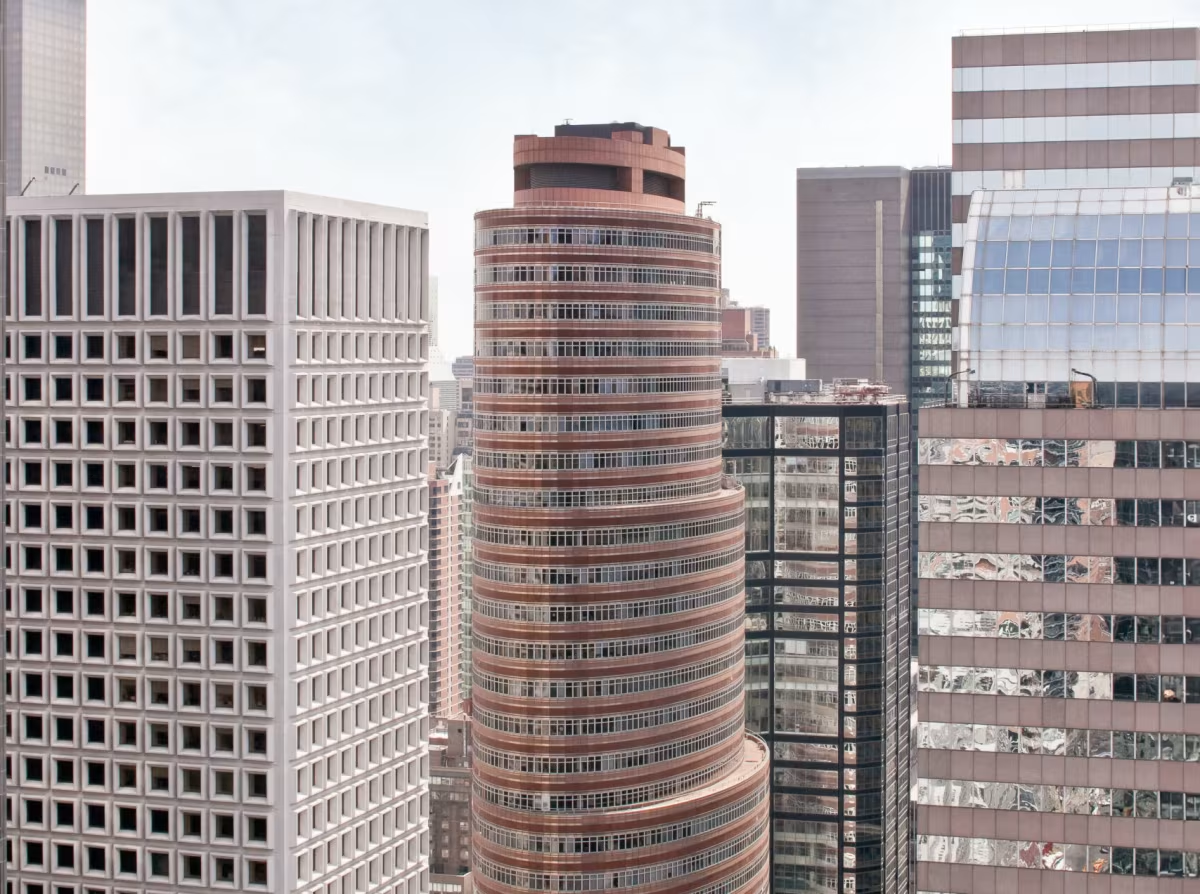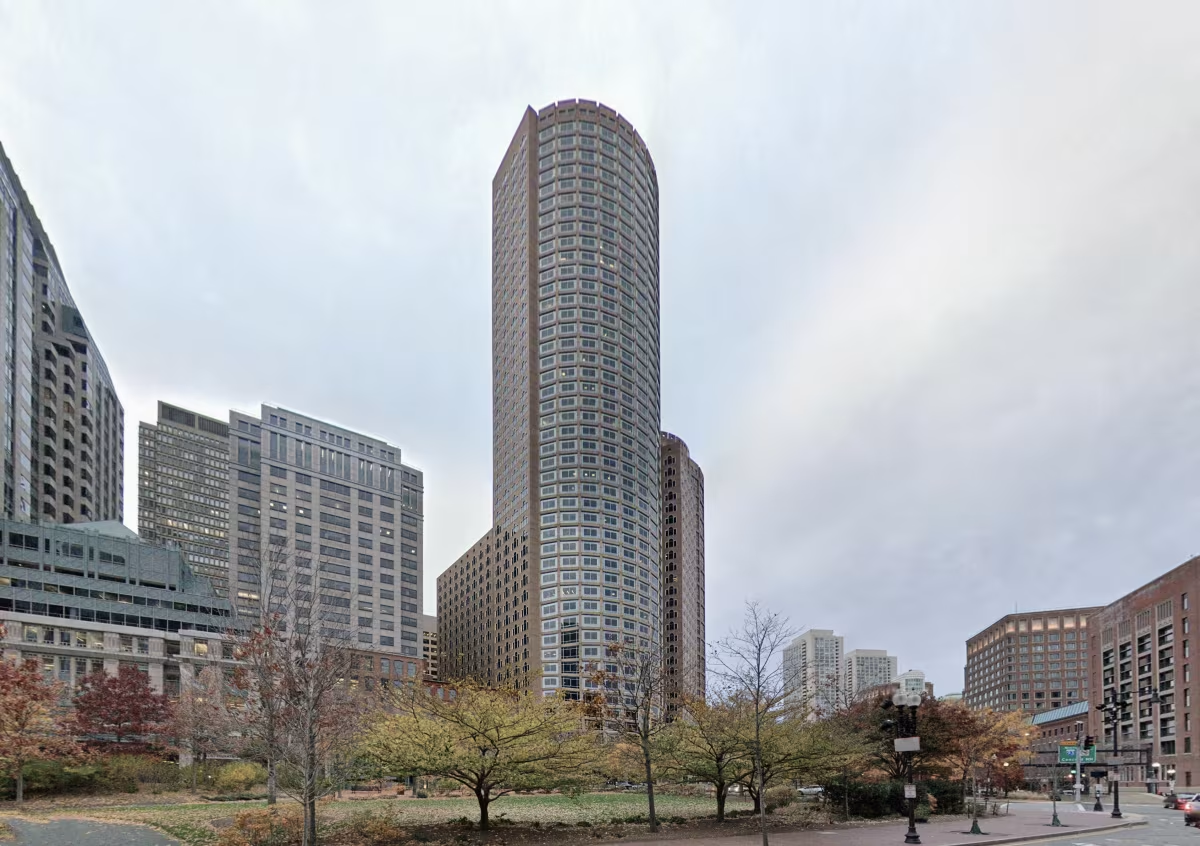Lipstick Building vs One International Place Building


Comparing the Lipstick Building and the One International Place Building is an interesting exercise, because even though they are located in different cities (New York, NY and Boston, MA), both were designed by Johnson/Burgee Architects and finished within just one year apart. This gives us the chance to see how the same architect's ideas were expressed in different urban contexts almost simultaneously.
Height & Size
The One International Place Building is clearly the larger tower of the two, both in terms of height and number of floors. It rises to 600ft (183m) with 46 floors above ground, while the Lipstick Building reaches 453ft (138m) with 34 floors above ground.
Of course, each project may have faced different briefs or regulatory constraints, which we don't really know about and could also explain the outcome.
Architectural Style
Both the Lipstick Building and the One International Place Building were designed in line with the aesthetic conventions of the Postmodernism style.
At the time, this style was at the height of its popularity. So Johnson/Burgee Architects followed what was in many ways expected at the time, producing designs that fit comfortably within contemporary architectural norms rather, than breaking with convention.
Uses
Both the Lipstick Building and the One International Place Building were designed to serve as commercial towers, and that has remained their main use since their completion, serving similar roles in the urban fabric.
The One International Place Building also provides 400 parking spaces.
Structure & Facade
The two buildings opted for different structural and facade solutions.
The Lipstick Building uses a Framed Tube In Tube system, which combines a strong central core with a perimeter tube of columns, while the One International Place Building uses a Frame system, that relies on a regular grid of columns and beams to sustain its weight.
And when it came to the facade, the Curtain Wall went with a Curtain Wall facade, which uses a lightweight glass curtain wall hung from the structure, while the One International Place Building opted for a Window Wall facade, that uses panels fitted between floor slabs, leaving slab edges visible.
| Lipstick Building | One International Place Building | |
|---|---|---|
| Johnson/Burgee Architects | Architect | Johnson/Burgee Architects |
| 1986 | Year Completed | 1987 |
| Postmodernism | Architectural Style | Postmodernism |
| Commercial | Current Use | Commercial |
| 34 | Floors Above Ground | 46 |
| 138 m | Height (m) | 183 m |
| 54,998 m² | Usable Area (m²) | 95,226 m² |
| Framed Tube In Tube | Structure Type | Frame |
| Steel | Vertical Structure Material | Steel |
| Concrete | Horizontal Structure Material | Reinforced Concrete |
| No | Facade Structural? | Yes |
| Glass, Steel | Main Facade Material | Glass, Granite |
| Gerald D. Hines | Developer | The Chiofaro Company |
| Irwin Cantor | Structural Engineer | McNamara . Salvia |
| NY | State | MA |
| New York | City | Boston |
| 885 Third Avenue | Address | 100 Oliver Street |